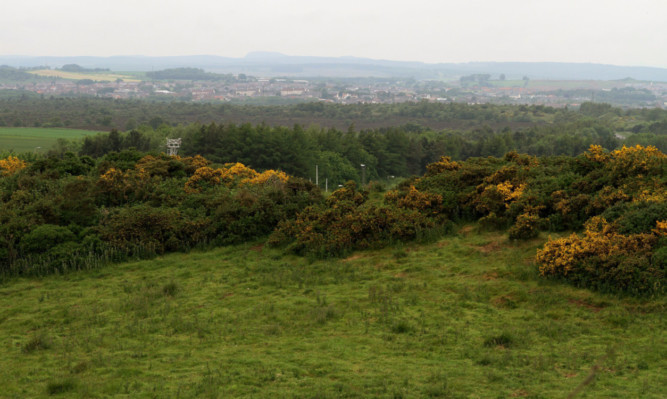Leading nature conservation charity the Scottish Wildlife Trust has welcomed Fife Council’s rejection of plans to extract peat from Mossmorran.
The trust objected to the proposal put forward by developers for a 10-year programme at a site near Cowdenbeath which would have led to a 1,200-year-old peat bog being excavated, which it said would destroy this important habitat.
The Courier reported earlier this week that west Fife planning committee turfed out the controversial proposal.
Peatbogs are increasingly being recognised for the ecosystem services they provide and are much more valuable to society than their use after being dug up, the trust said.
It recently welcomed the call by MSPs to end horticultural peat extraction in Scotland, but applications for commercial peat extraction are still being approved by some local authorities.
Living landscapes policy officer John McTague said: “The Scottish Wildlife Trust would commend Fife Council for rejecting this application and sending a message to developers that peat extraction for horticultural use is not in line with Scotland’s environmental policies or climate targets.
“Peat takes an extraordinary amount of time to form roughly one millimetre per year and in the case of Mossmorran, we would have seen 1.2 metres of peat extracted. To put this into context, this peat began forming when the Vikings first arrived in Scotland 1,200 years ago.
“Many peatlands are in a damaged condition or have been completely destroyed.
“The trust believes that we need to start placing more value on Scotland’s peatlands and stop the archaic practice of digging them up for horticulture.”
